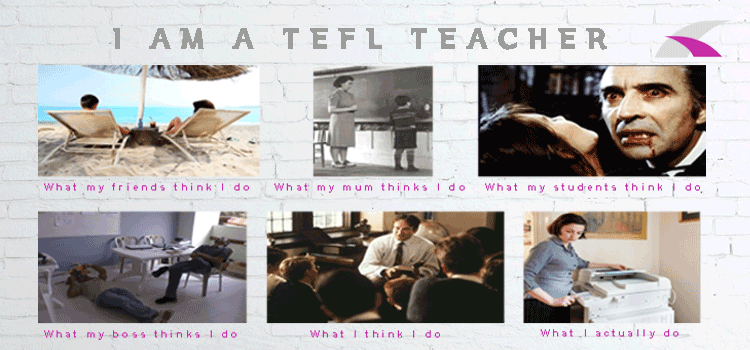https://youtu.be/niVWTJ9Wtv0?t=1m21s
This young lady, brings a powerful message across: We have to choose to promoting positive choices. The following classroom case studies give a couple of strategies to just how a teacher could possibly steer class interactions in the right direction. This is due to the fact that the ESL classroom poses its own challenges that are different from other learning environments. So let´s dive right in!
• Use close-ended questions to guide students back on track.
• Use an incentive to make them use the target language (e.g. by giving points, offering a small prize or challenge to see how many target • language words they can use in one go).
• Restart the activity: explain again the objective & structure of the activity.
• Use close-ended questions to direct speech to the target language.
• Assign an “easier” role to this student.
• If need be, pair them up with a stronger student that will help them, but not dominate over them.
• Consider if you have created a comfortable and safe environment to express themselves freely & if not, think of how you could establish it.
• Listen carefully whether or not the target language is being used. If so, don´t do anything.
• Switch to a more structured activity (e.g. from a discussion to a debate/interview)
• Subtly steer the activity back with questions.
• Divert the student in question by giving her/him a less prominent role where she/he still feels that she/he is participating (e.g. keeping score or asking other students their opinion).
• Direct more questions to the other students in the class.
• Ask the other students more open-ended questions while throwing more close-ended to the dominating one.
• Introduce an activity where each student only has a certain amount of time to speak.
• Use a ·”speak stick” – that is, only the student holding this object may speak.
• Ask her/him politely to give the others a turn.
• Give the student a role (e.g. in a role-play, discussion or debate) where they have to express an opinion.
• Reframe the context so that it is more relevant for them.
• Ask them more open-ended questions where they have to give full sentences.
• Have a backup activity lined up if all else fail.
Note that today´s discussion focus on only certain classroom case studies and that there is a multitude of other matters that could pop up. The objective was simply to spur an awareness of how you could possibly deal with classroom challenges.
In addition, it might happen that certain classroom disruptions might be long-standing which might require other steadfast solutions such as incorporating
strategies to incorporate students´ needs. This matter might also pertain to not setting effective boundaries – read up more about this subject
here.
To wrap up, take a look at the following clip and decide:
• Do you agree with how the teacher handled the situation
• Would you have done the same?
• If not, how would you have managed it?
https://youtu.be/uTDzLQ7bMZQ







